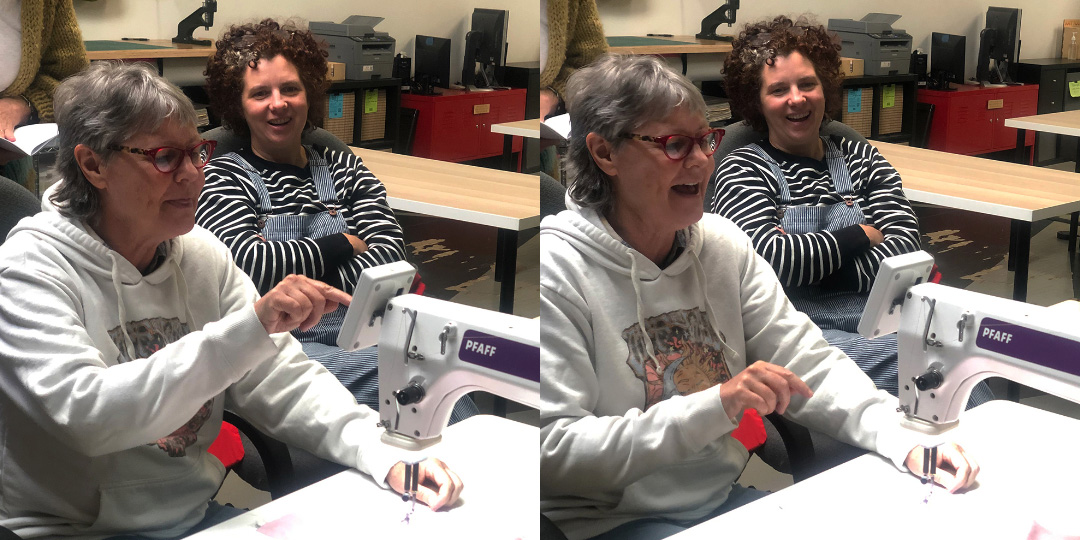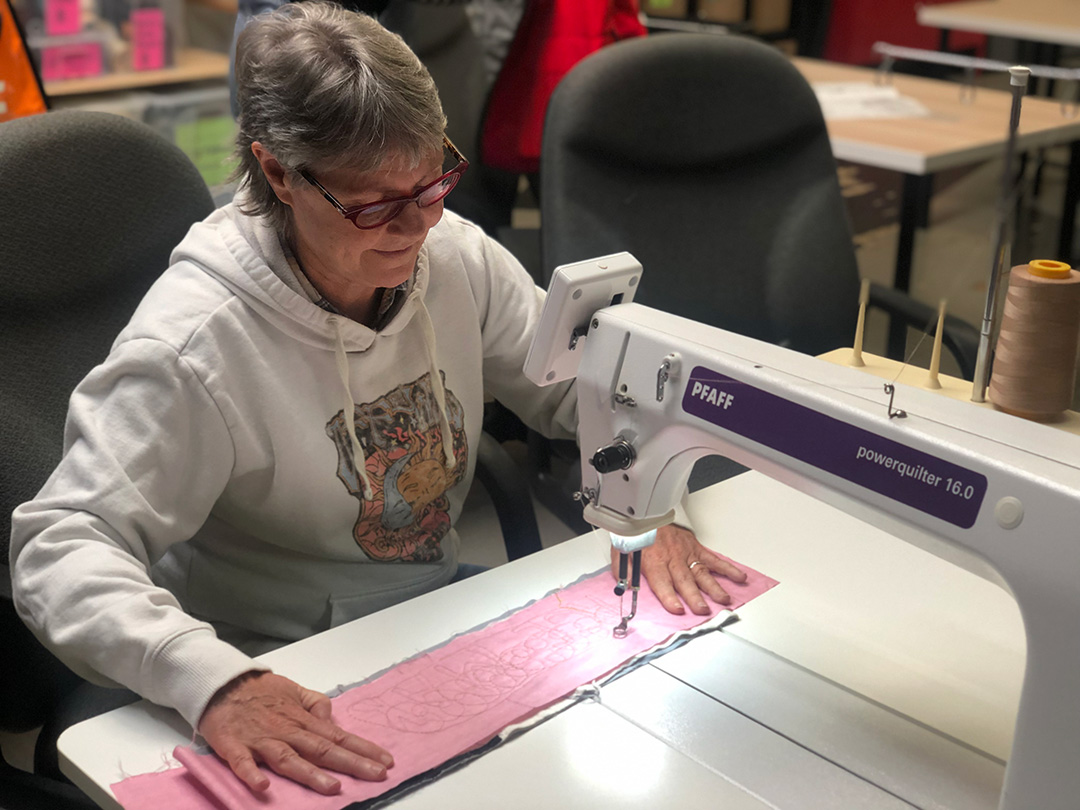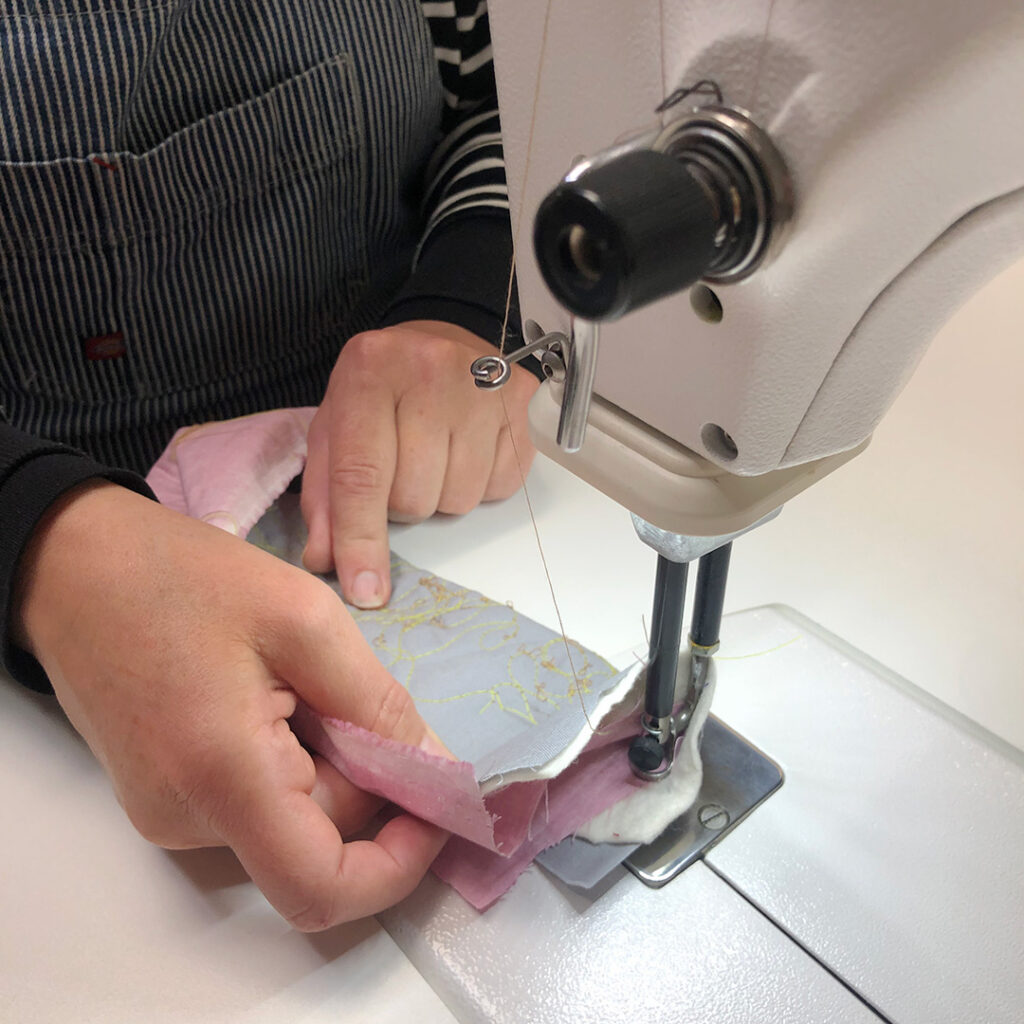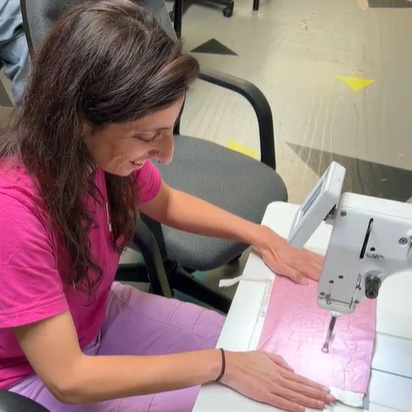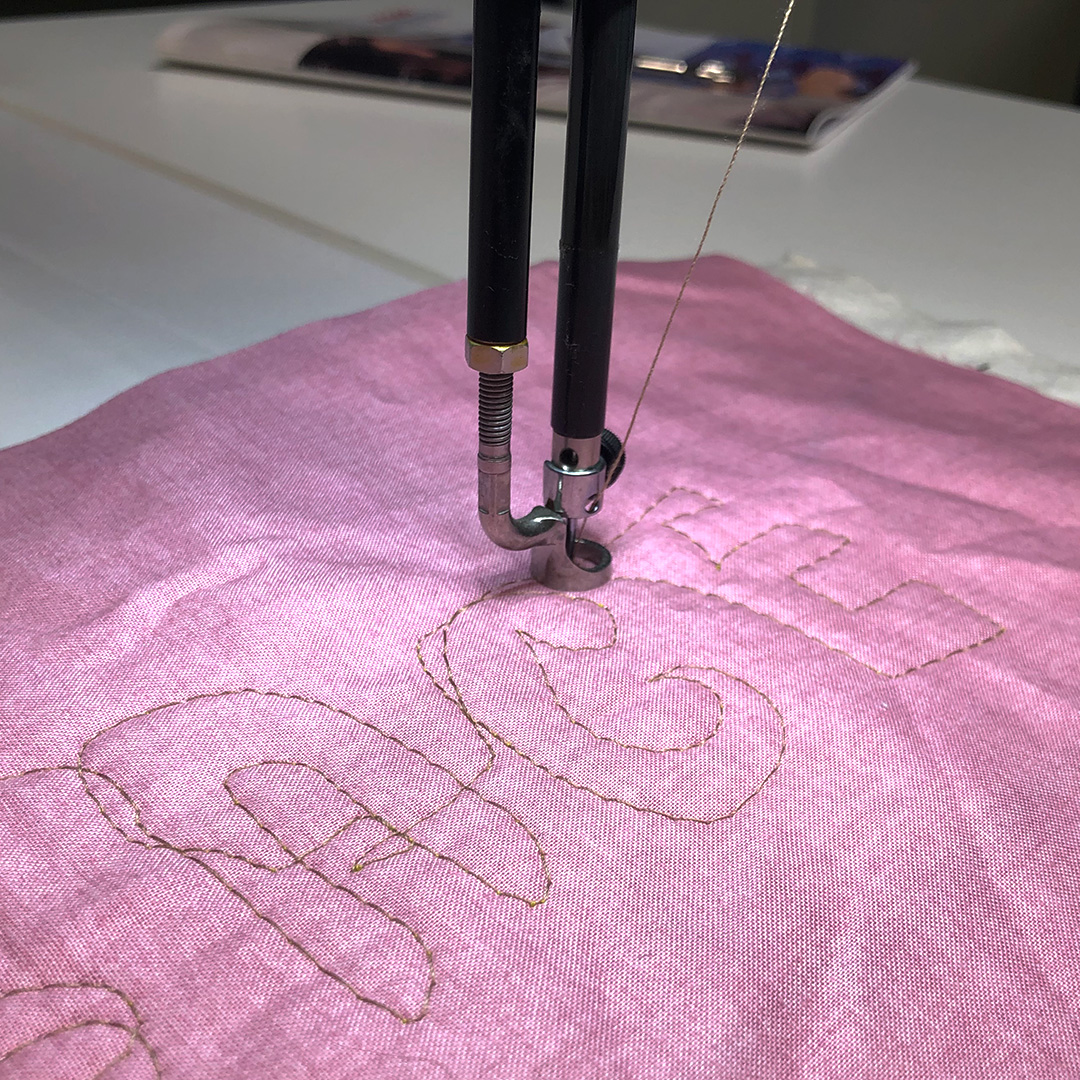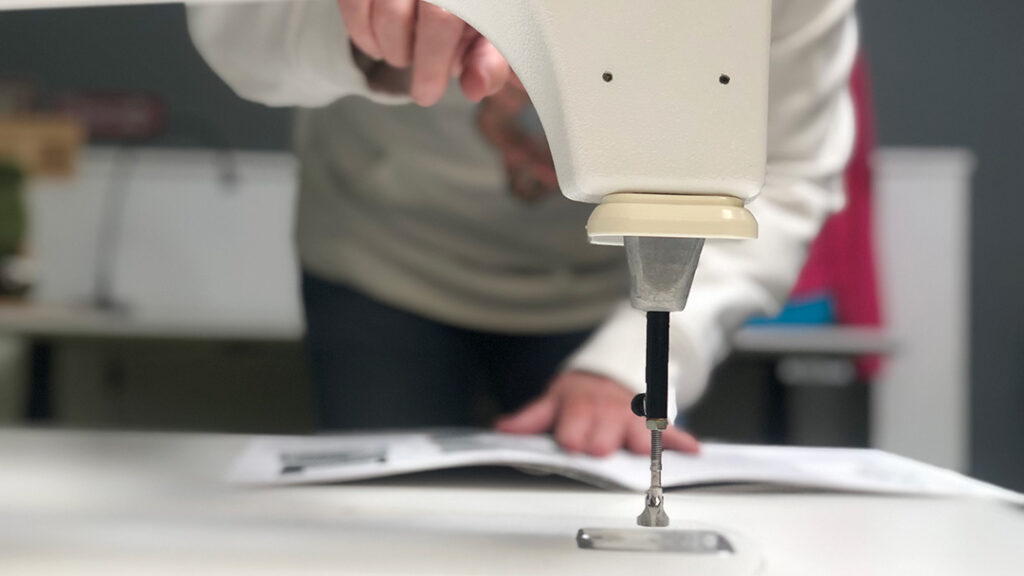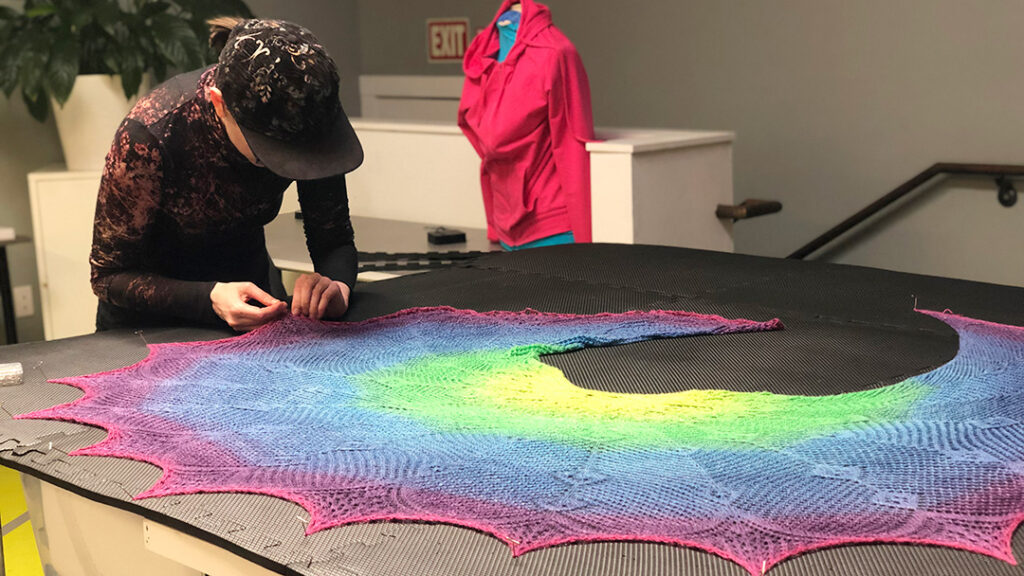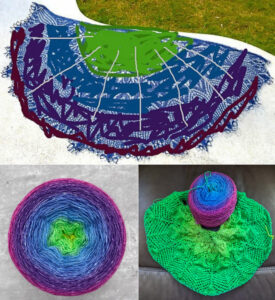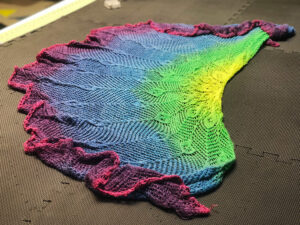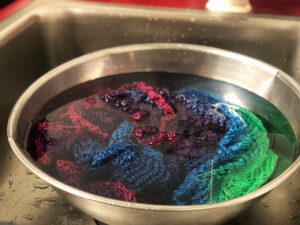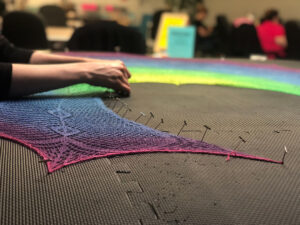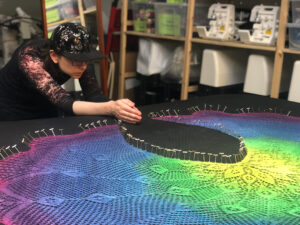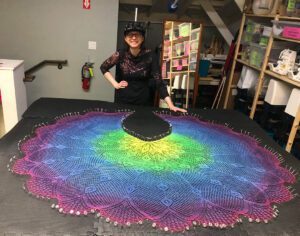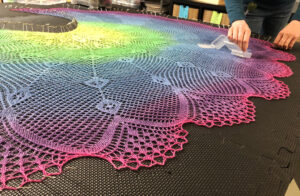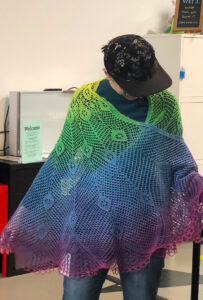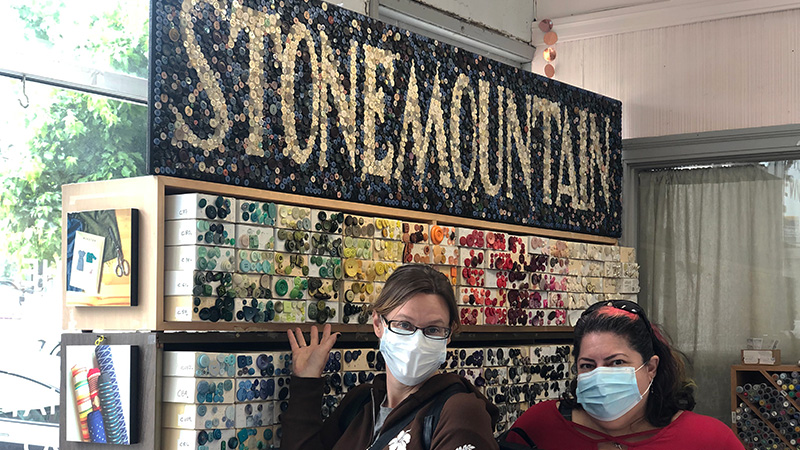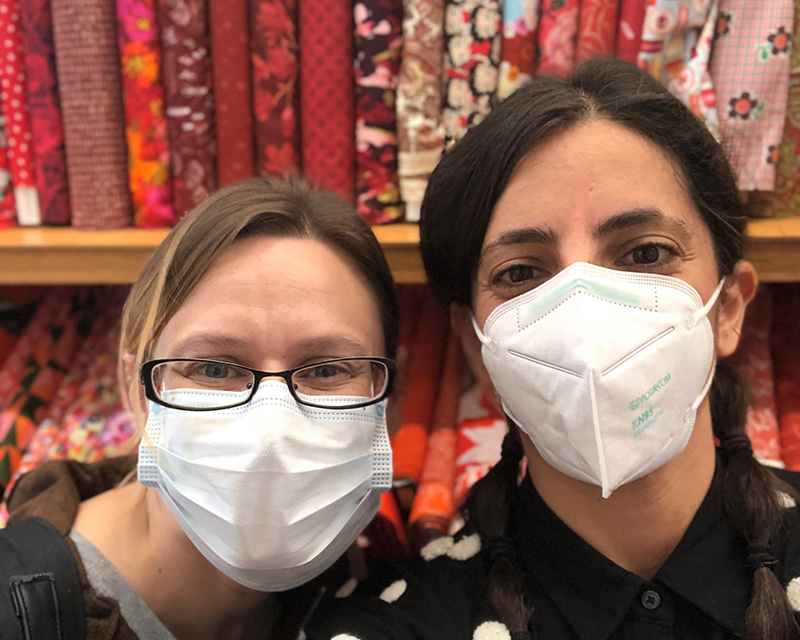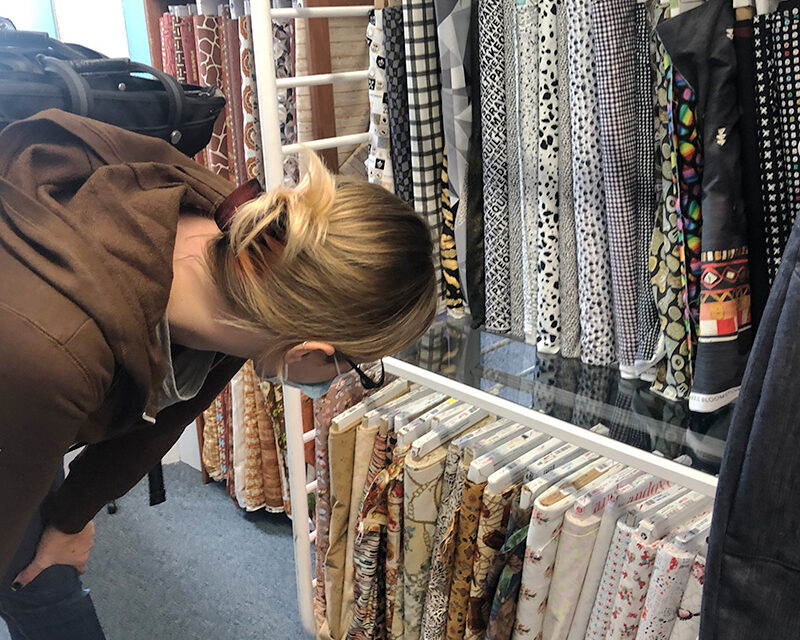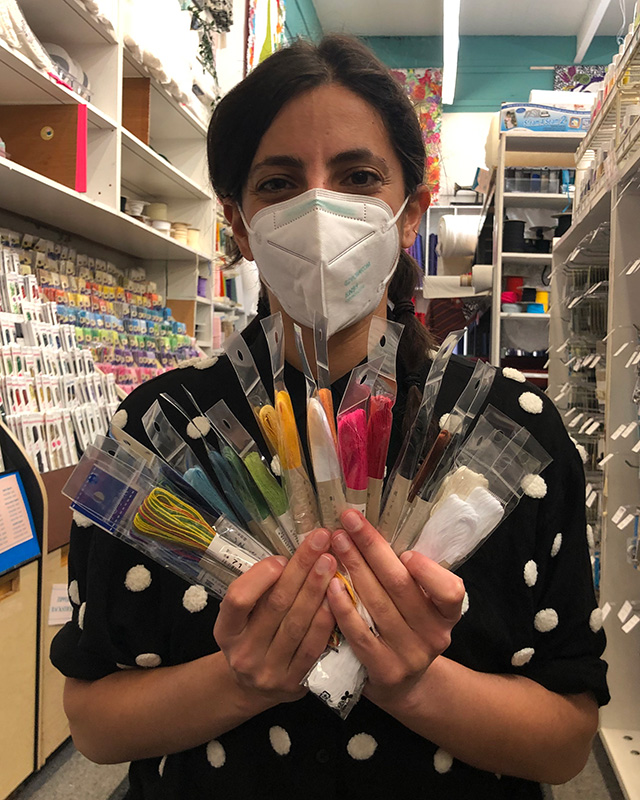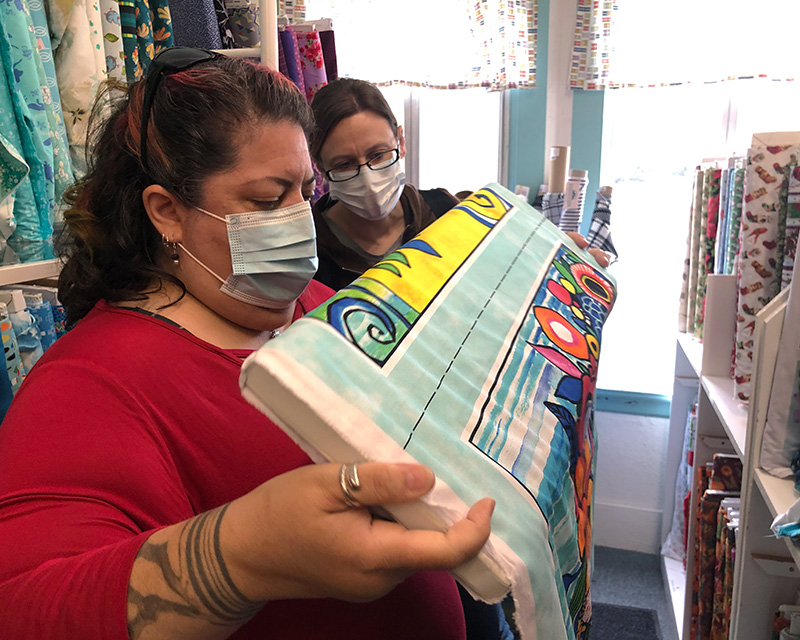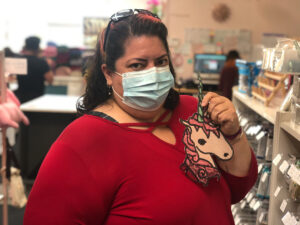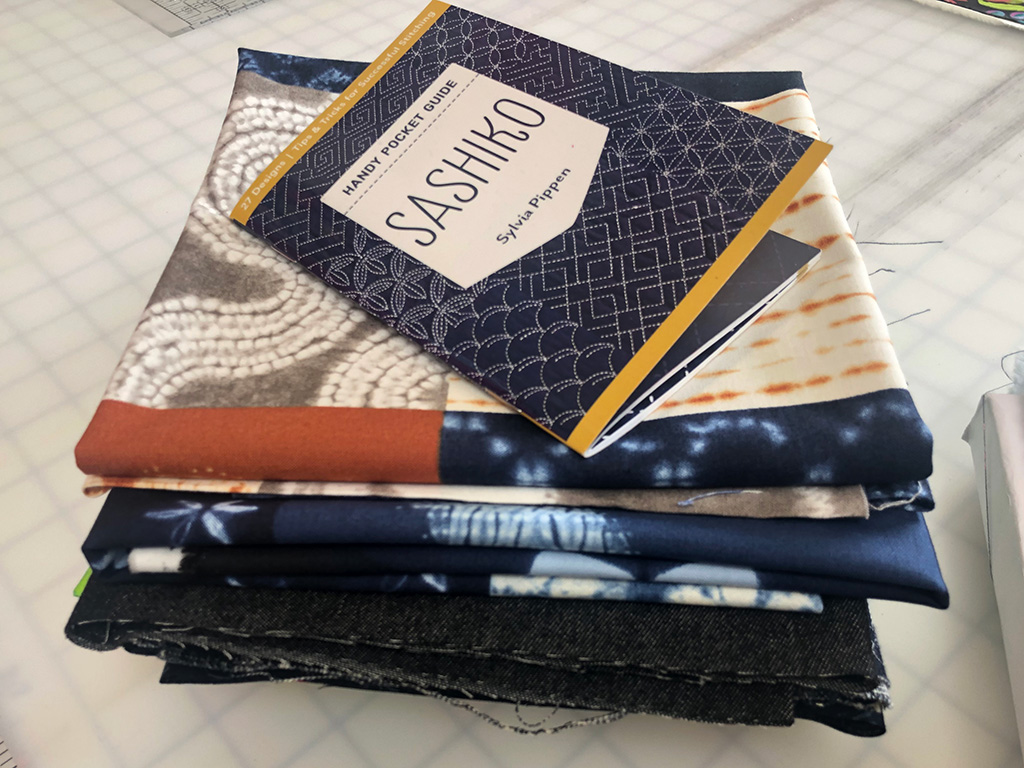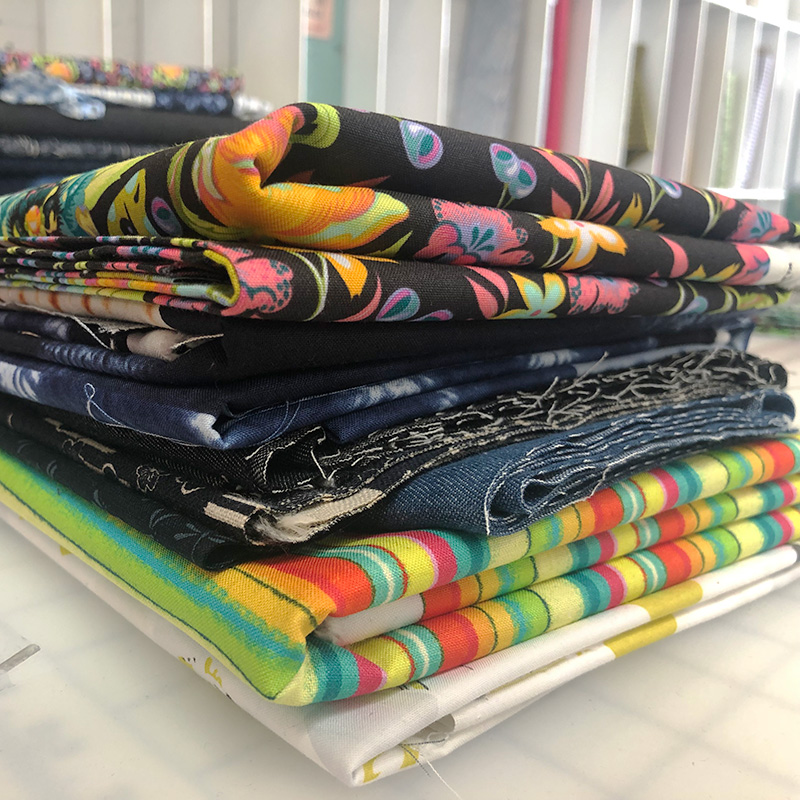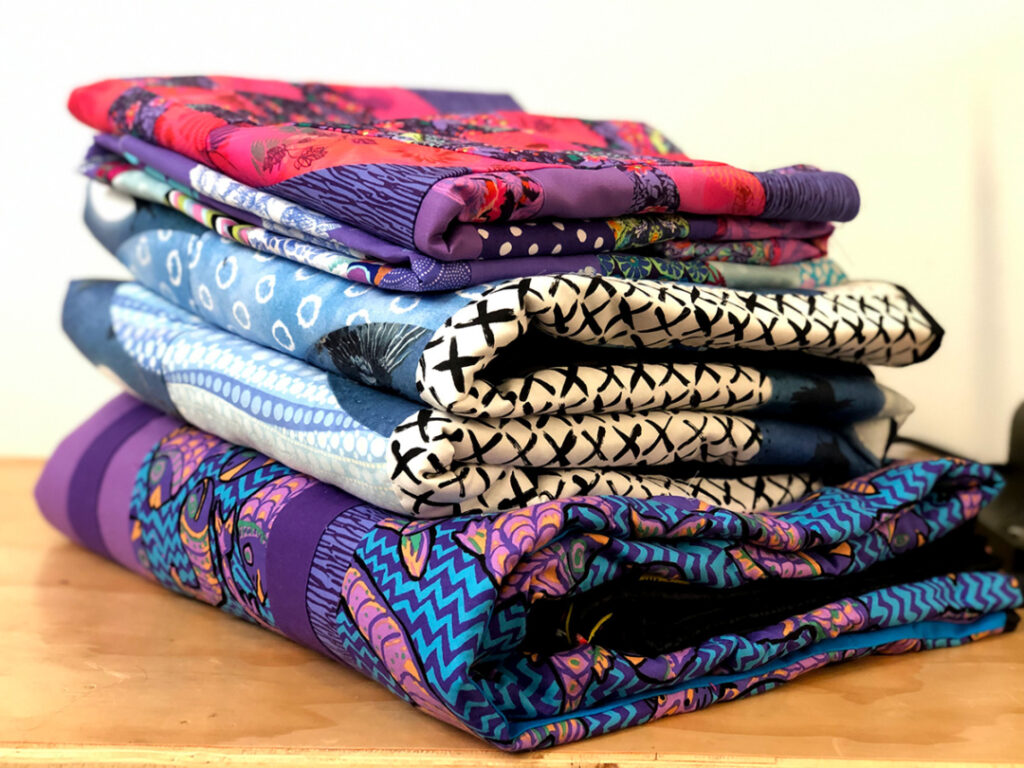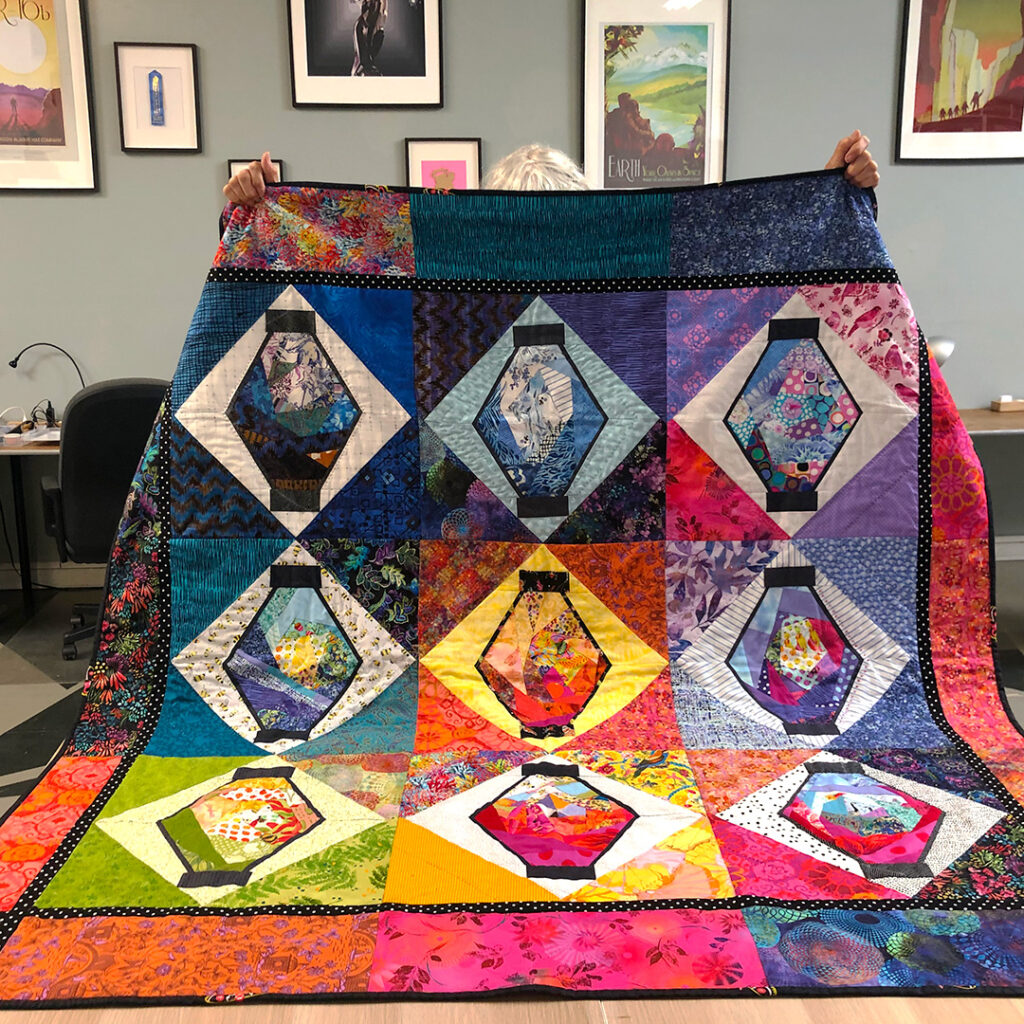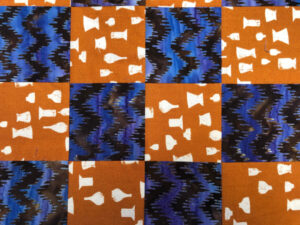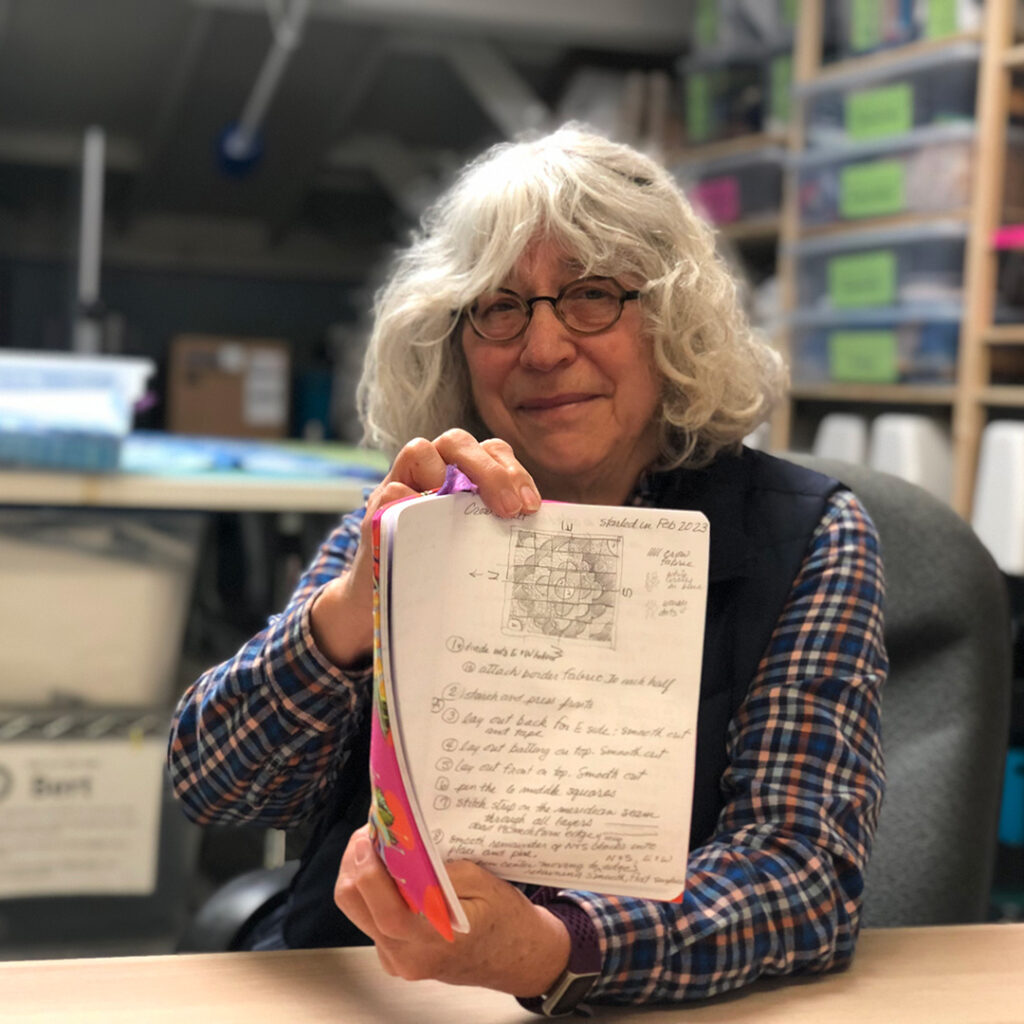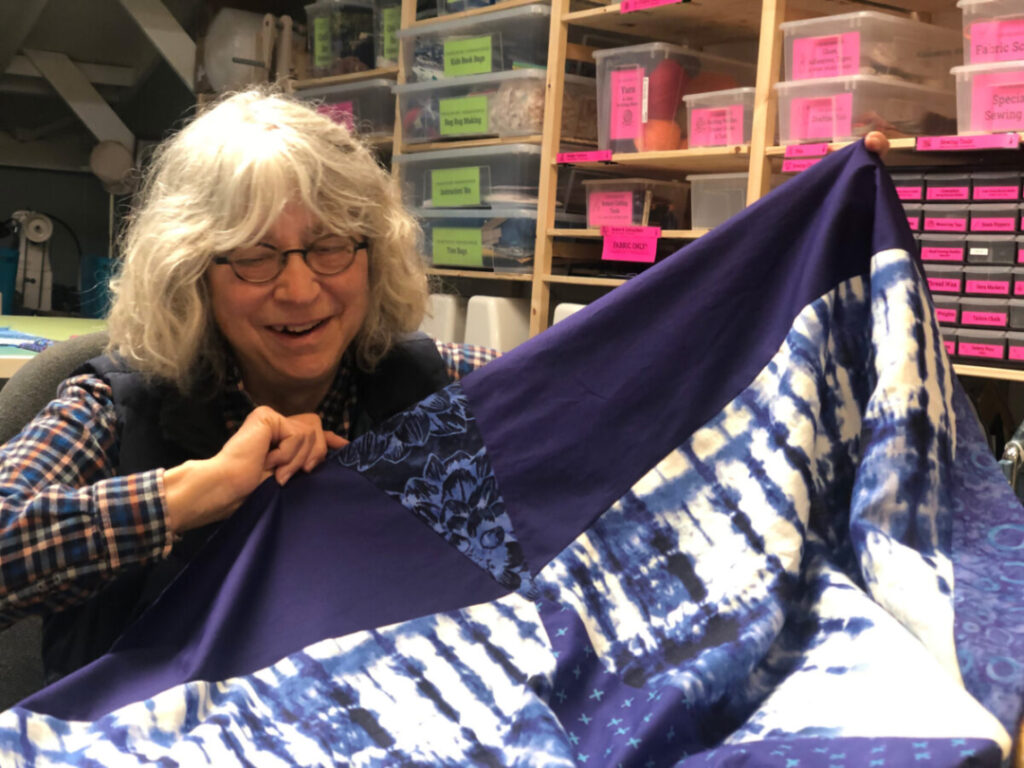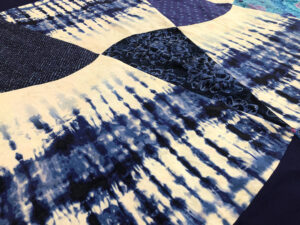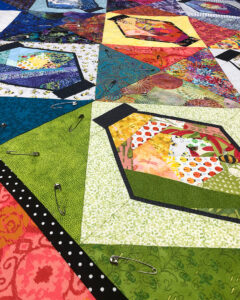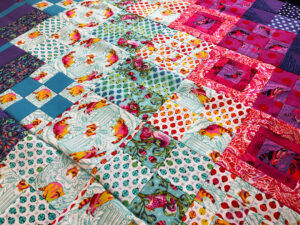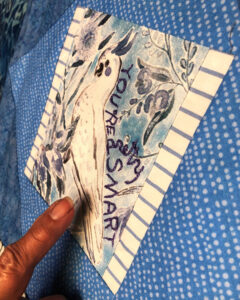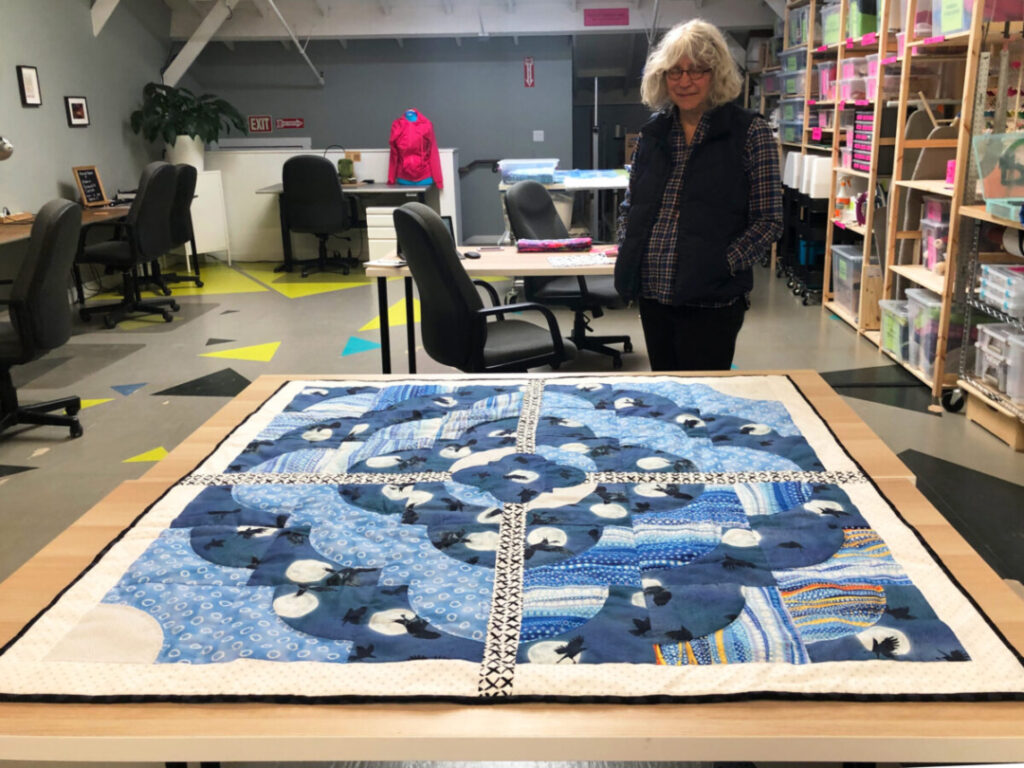Ace Makerspace recently received a generous donation of a PFAFF Mid-Arm Free Motion Sewing Machine— unlike a standard sewing machine, the mid-arm doesn’t have a feed dog (a mechanism that controls the movement of the fabric underneath the needle) this allows the sewer to move the fabric in any direction to create intricate designs. Here’s a sneak peek at our first test drive and the process we go through when we introduce new tools into our programs.
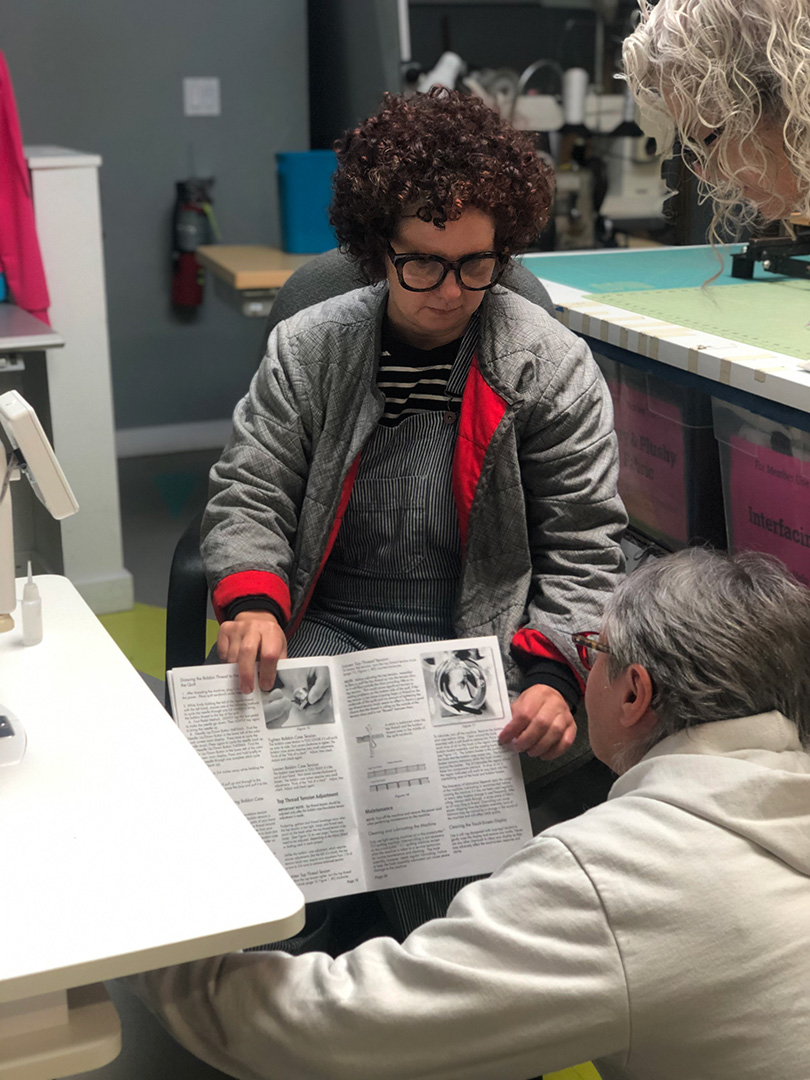
When we bring new tools into any of our programs we have a process in place to ensure that the tool is in good working order and that Ace Makers of all skill levels and identities have equitable access to both the tool and to learning opportunities. This work is often coordinated and/or performed by Stewardship Teams— Ace Community Members who volunteer to help lead their favorite Ace Programs— and involves testing the tool both for function and to determine what kind of training, user guides and resources need to be developed before it’s made available to the rest of the community. For this project, Textiles Stewardship Team Member, Liat (you may also know her from Hello Stitch) called in a couple of friends to help out.
After reading the manual they turned it on the machine to see if it worked. The sound it made was a little bit louder than they expected which can be a sign that it needs a little oiling. Since it this was a new machine for them, they debated the topic for the minute and decided to go for it.
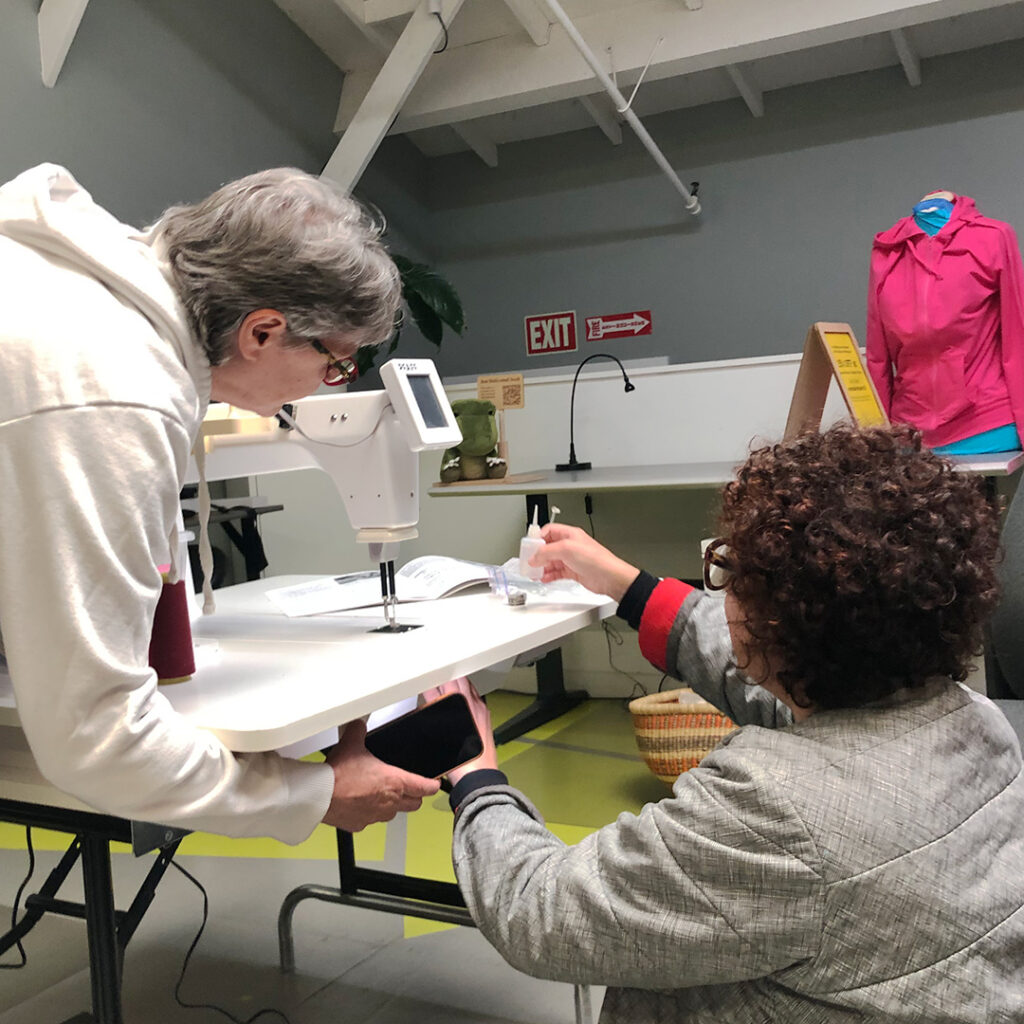
Finally, it was time to thread the machine and try some free-motion sewing! (Liat made an extra tasty “quilt sandwich”— a quilt top, batting, and quilt bottom layered together—for practicing on).
